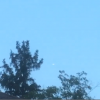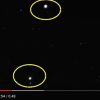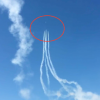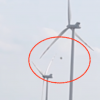Ranger takes selfie with ‘human-like’ gorillas0
- Earth Mysteries, From Around the Web
- April 23, 2019
A striking photograph taken by an anti-poaching ranger has been described as ‘just another day in the office.’

A striking photograph taken by an anti-poaching ranger has been described as ‘just another day in the office.’

New data show that an experimental Ebola vaccine is “highly effective” and appears to have helped contain a long-lasting outbreak of the deadly disease in the Democratic Republic of the Congo.
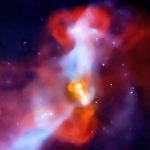
Its diameter suggests the black hole is 6.5 billion times the mass of the sun

President Donald Trump recently called for a “Space Force” to defend the United States’ extraterrestrial operations. Russia, China, and India have also beefed up their military capabilities in space. Are we headed for a cosmic conflict?

In 2018, a team of astronomers from the United States and Canada discovered that an ultra-diffuse galaxy called NGC 1052-DF2 (DF2 for short) contains virtually no dark matter. The galaxy is roughly the size of our Milky Way Galaxy, but hosts only 1/200 the number of stars. It lies in the constellation of Cetus, about 65 million light-years away, and is a member of the NGC 1052 group of galaxies. Now, the team reports the discovery of a second galaxy in this class, residing in the same group.

Guatemalan ‘potbelly’ sculptures suggest people knew about magnetism more than 2,000 years ago

Empedocles didn’t make a periodic table, but identified basic concepts of matter and force

The fossils of Australopithecus sediba have fueled scientific debate since they were found at the Malapa Fossil Site in South Africa 10 years ago.

When paleontologists dug up the bones of Africa’s largest carnivore in the early 1980s, they had no idea what they had found.
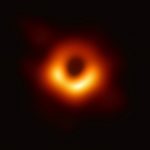
Last week, the Event Horizon Telescope (EHT) released the first-ever image of a black hole’s shadow cast against the hot gas of its accretion disk. That image, of the black hole at the center of galaxy Messier 87 (M87), was front page news all over the world. Soon, the EHT will produce the first movie of that hot gas whirling chaotically around the shadow, said project leaders who spoke Sunday (April 14) here at the April meeting of the American Physical Society.














